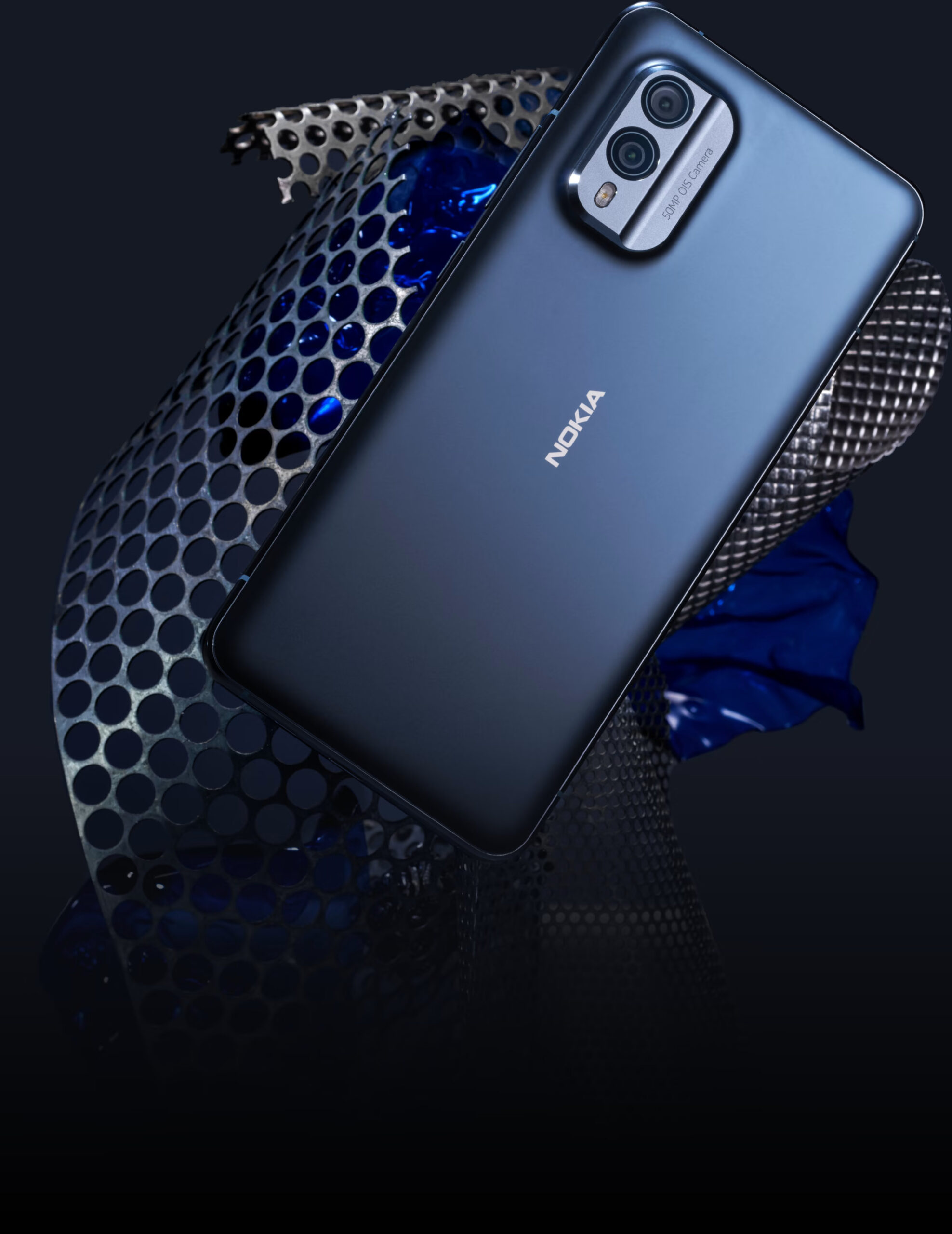When OnePlus launched its first-ever smartphone, it grabbed a lot of attention. Since then, they had a flourishing journey until they decided to hop on the flagship segment. The company had a tough 2022 as their flagship device OnePlus 10 Pro, failed to impress the consumers, but thanks to the OnePlus 10T, a mid-life revision of the OnePlus 10 Pro, a smartphone that rescued OnePlus from having a mid-life crisis and helped them to stay in the game. Now, it’s time to see what the OnePlus 11 5G brings to the table, a much-needed relief or the undesired path of downfall?
Design
OnePlus lost the tag of flagship killer a long ago, and now the company is trying hard to survive in the much competitive market. The OnePlus 11 5G arrives with IP64 equivalent protection for dust and splash resistance and few other significant changes, especially on the backside, where it has a strange-looking large camera unit but in a round shape. The phone boasts a punch-hole camera placed on the extreme left of the screen, volume buttons on the left profile, a lock key on the right, along with a comeback of an alert slider.
Display
The smartphone sports a 6.7-inch 2K resolution 120Hz AMOLED screen and is protected by Corning Gorilla Glass Victus. Sounds like a good display, but that’s limited to the closed doors. As soon as you walk outside in the sun, even in full brightness, you won’t be able to see what’s on your screen! The OnePlus 11 5G is the first android smartphone that arrives with LTPO 3.0 technology, which assists the phone in switching between different refresh rates in a power-efficient manner.
Cameras
The OnePlus 11 5G features a triple camera set-up of 50 MP, f/1.8, 24-mm wide lens, 32 MP, f/2.0, 48mm telephoto lens with 2x optical zoom and 48 MP, f/2.2, ultrawide lens. The camera housing of the OnePlus 11 features some shimmering dust-like particles, which are quite noticeable and a bit strange. The main cameras of the OnePlus 11 5G support video shooting of up to 8K-24fps, while the ultra-wide supports 4k-30fps, and the telephoto supports only 1080P-30fps.
The main camera of the OnePlus 11 5G does a decent job of taking pictures, but it needs camera updates because the output seems more vibrant than required. The device sports a 16 MP selfie camera with Auto-HDR and allows you to shoot at 1080p-30fps. The output of the selfie camera seems better compared to the previous OnePlus smartphones. About the night mode, the device offers good results with all the colour details.
Performance
The OnePlus 11 5G arrives with Android 13 out of the box and is powered by Snapdragon 8 Gen 2, the fastest available chipset in the market. The latest processor from Qualcomm glides the device through everyday chores with ease and handles heavy tasks effortlessly. The smartphone we received was loaded with 16GB RAM + 4GB VRAM with 256 GB storage. The brand offers 4 generations of OxygenOS and 5 years of security updates for the OnePlus 11 5G. The device has support for 13 5G bands, Bluetooth 5.3, and Wi-Fi 7, which will soon be available in India.
Battery
The smartphone arrives with a 5000 mAh, 100w SuperVOOC fast charger, which promises a full charge in 25 minutes and takes only 5 minutes to reach the 30% mark. When it comes to normal usages, like 2 hours of content watching, 2 hours of social media and a few things here and there, the battery lasts for about a day. However, the battery surrenders quite quickly when you use the device extensively. Overall, the battery seems good for moderate-level usage, and for heavy use, carry the brick along.
Verdict
The design language of the OnePlus 11 5G is quite good, as it has a matte finish back panel and a different camera set-up. When it comes to camera and performance, the device outsmarts the moderate requirements. While the display of the smartphone is great if you are more concerned about refresh rate, prefer to stay inside, and like to watch OTT content. However, if you are into the outdoors, heavy gaming, camera-centric and power consumption, then please look elsewhere.
Good
Design
Bad
Expensive
Ugly
None
